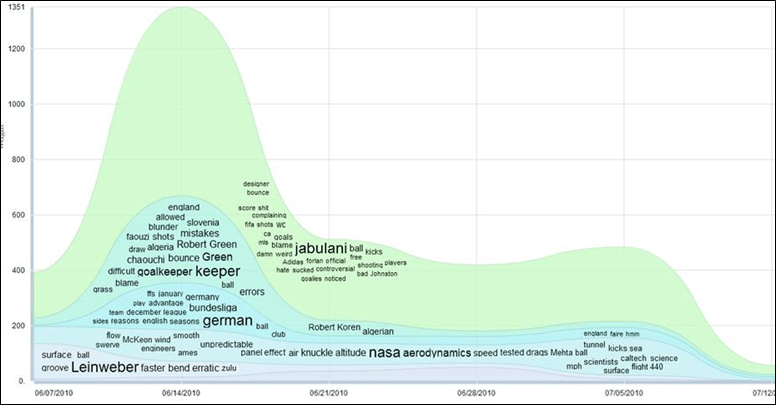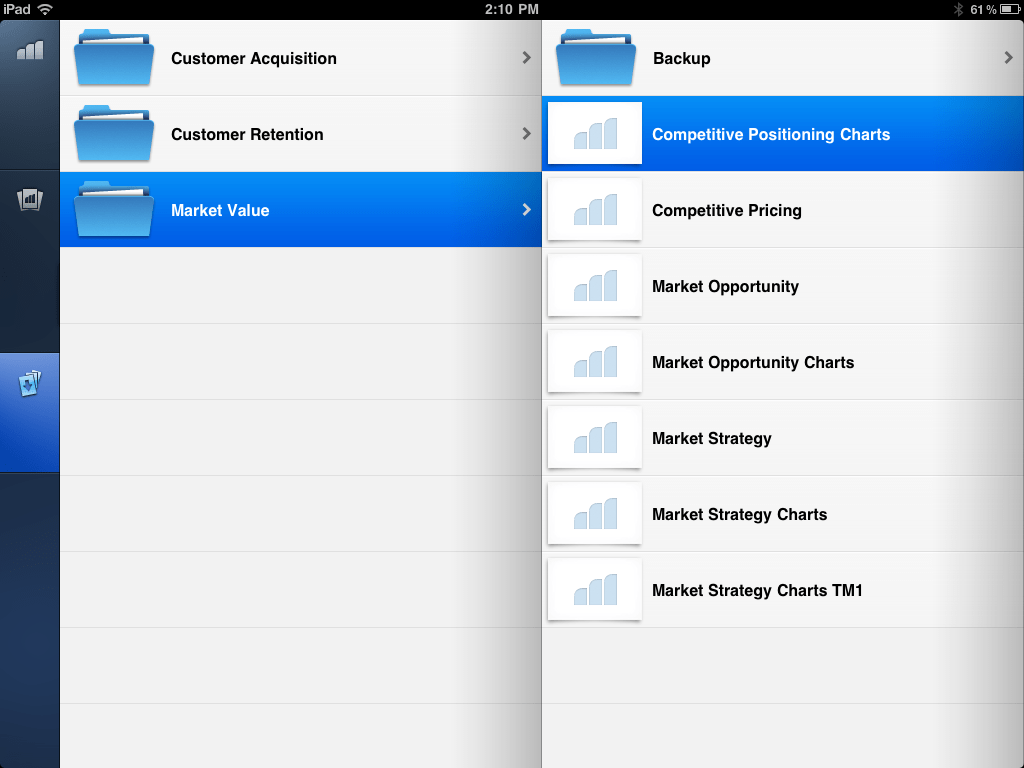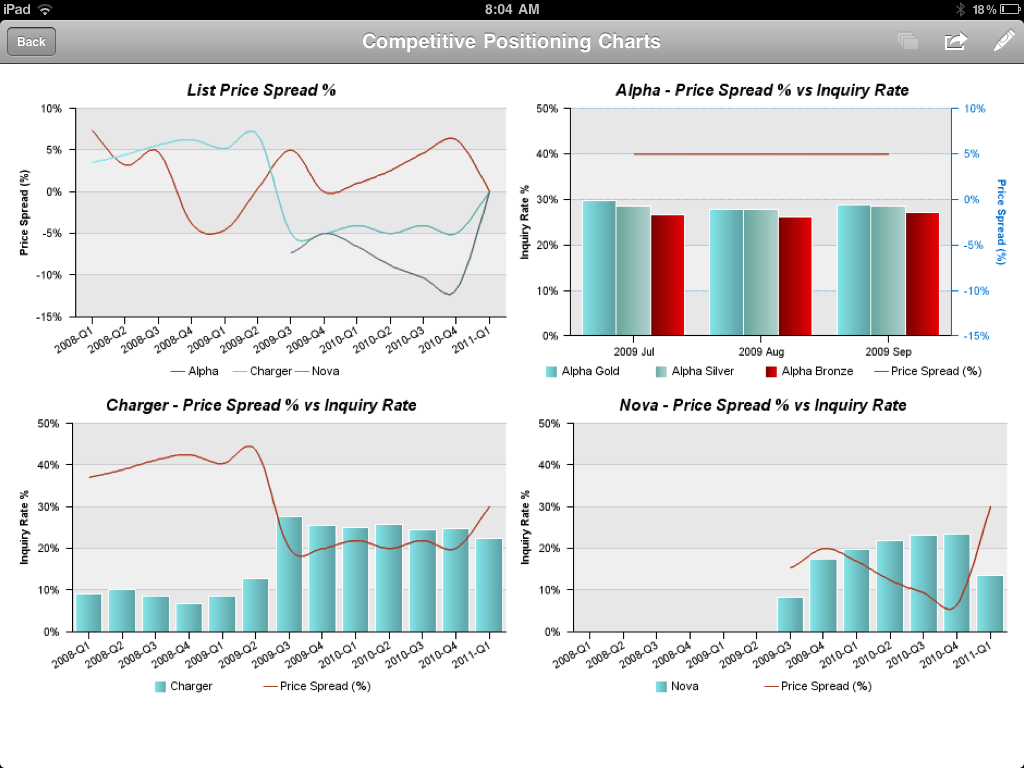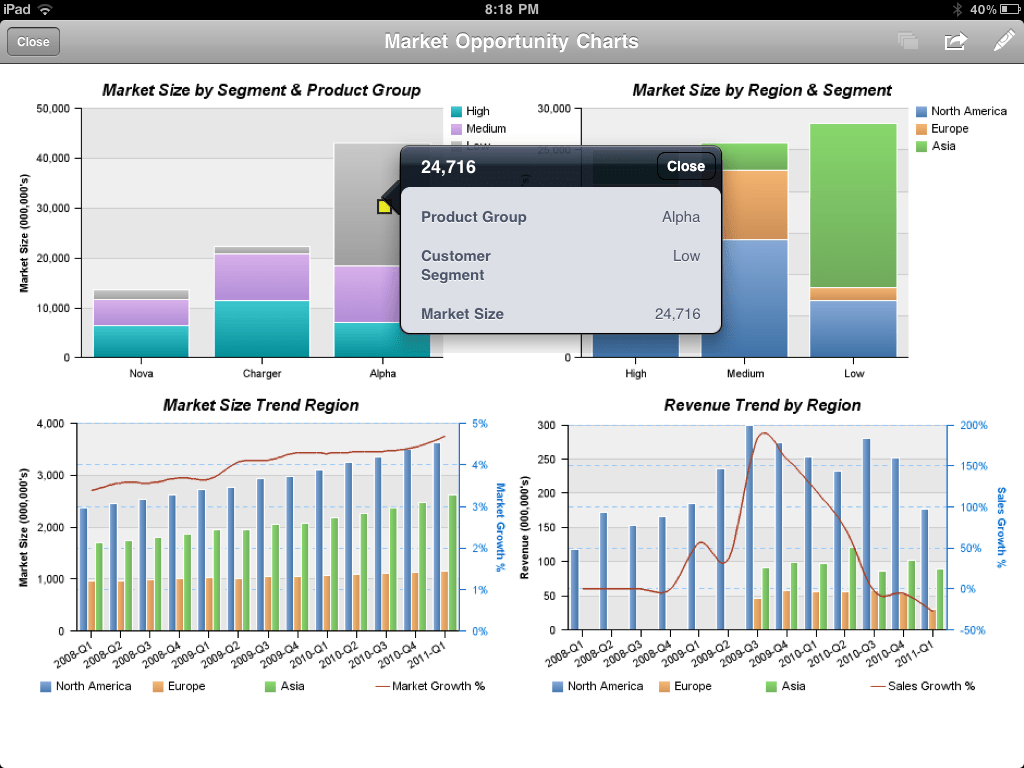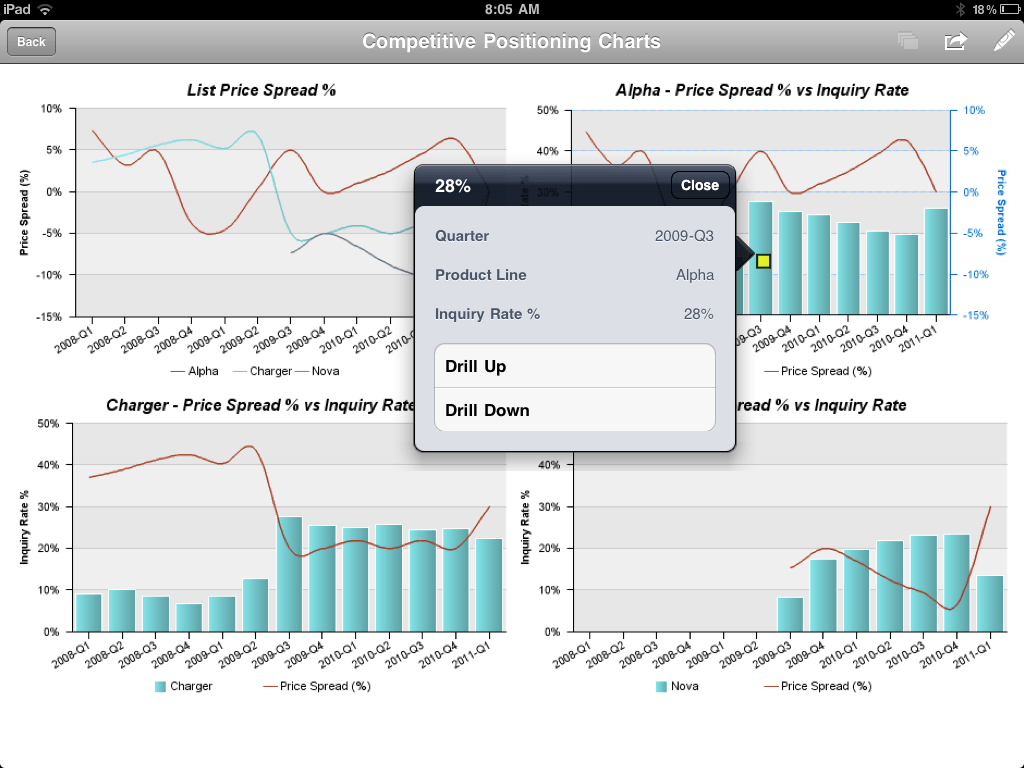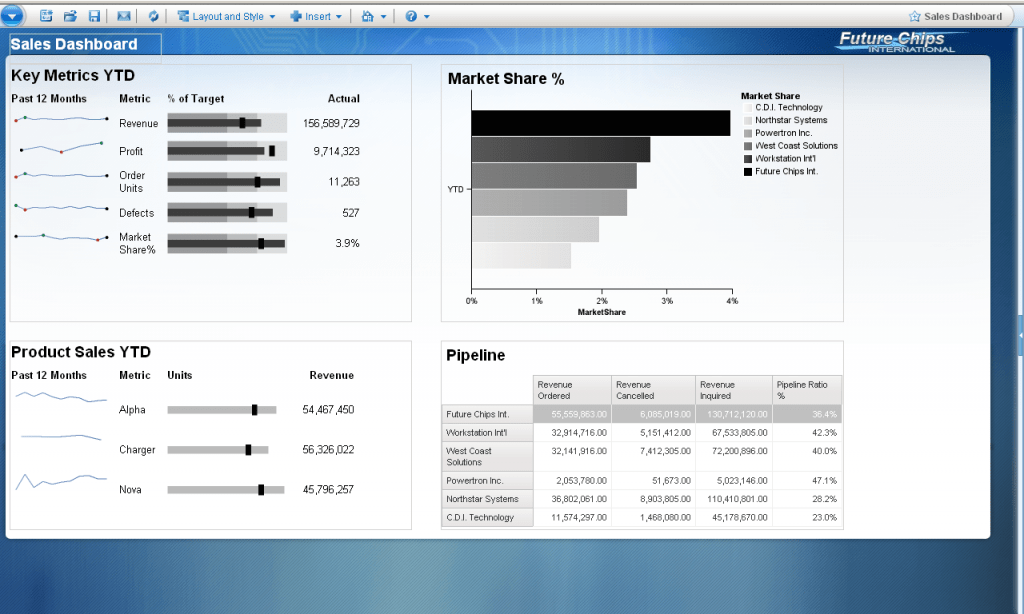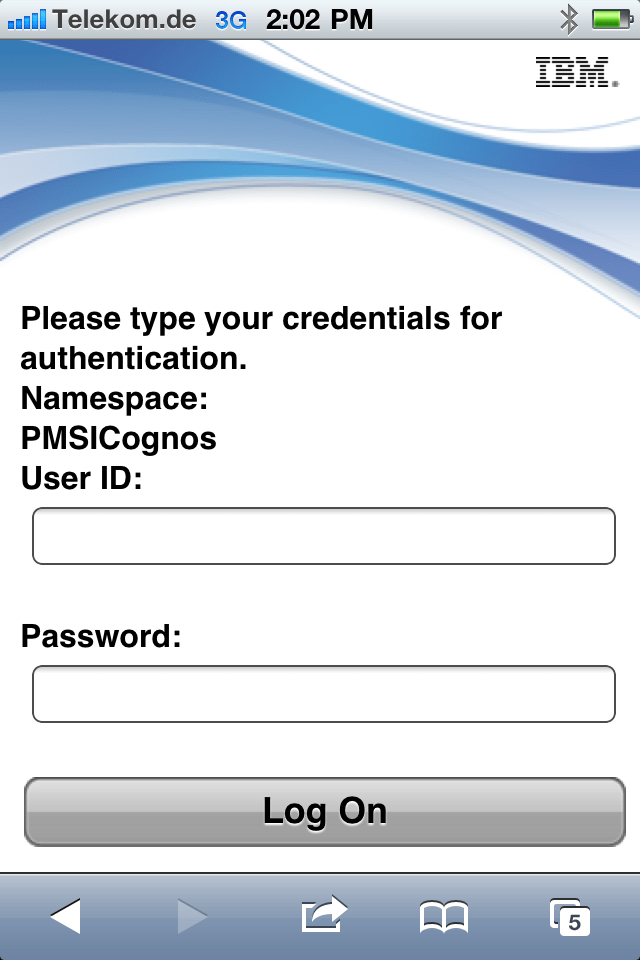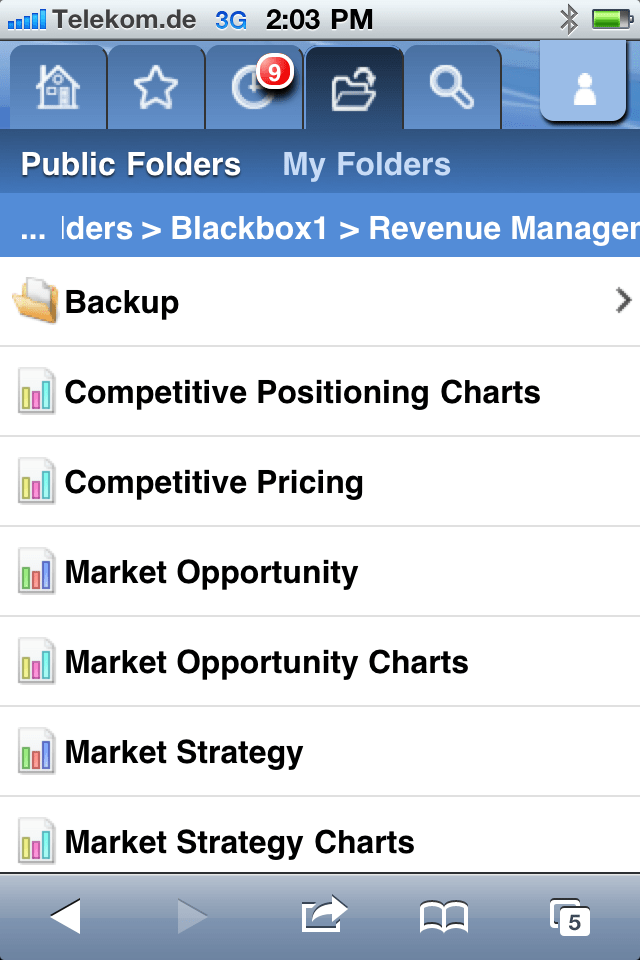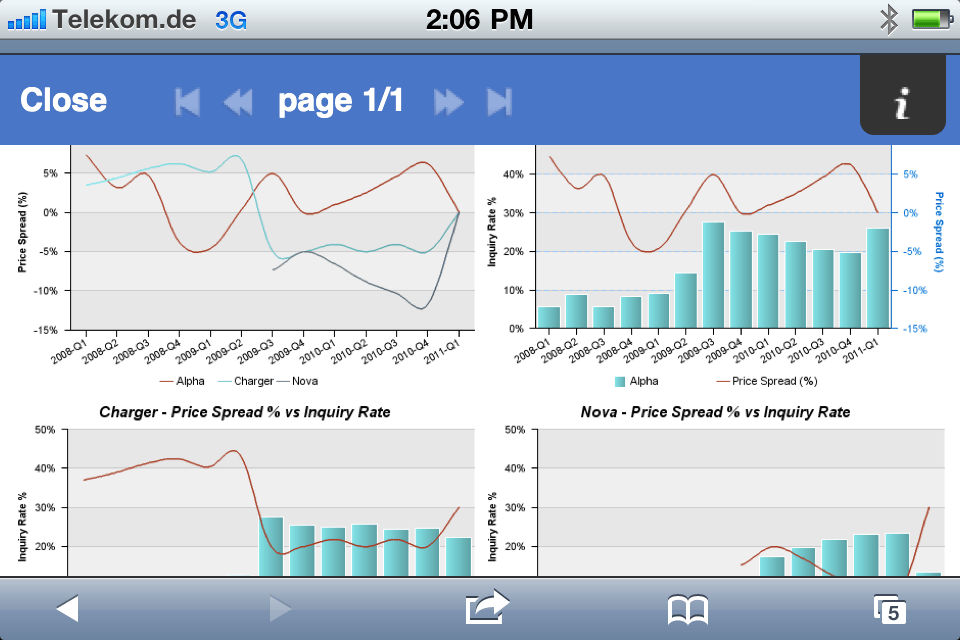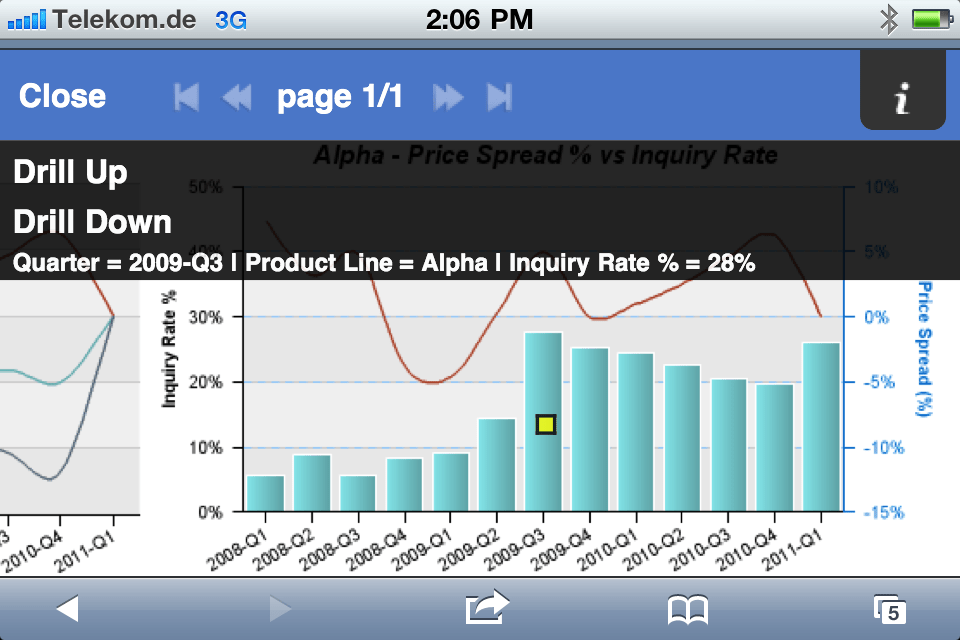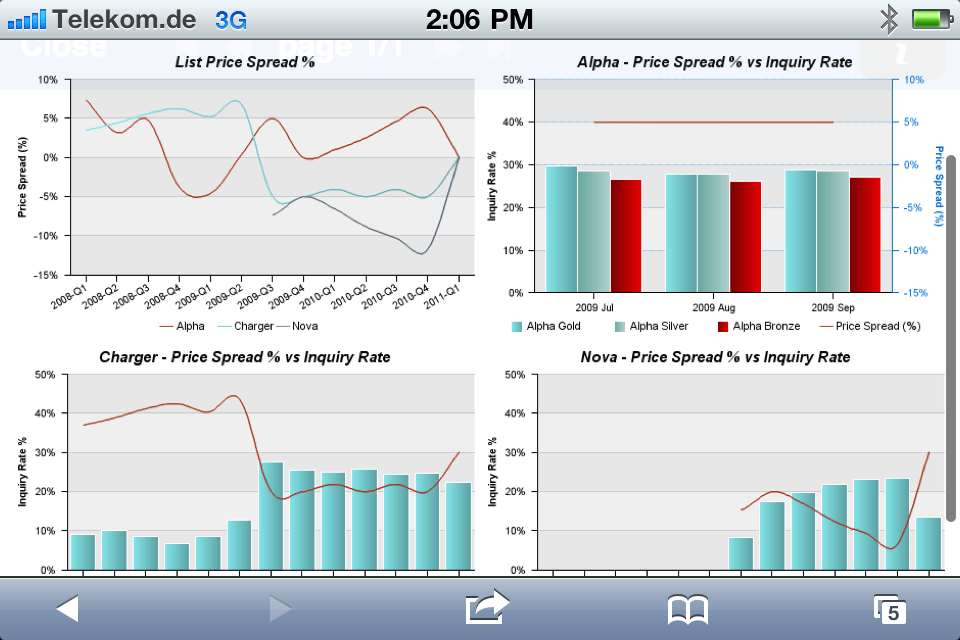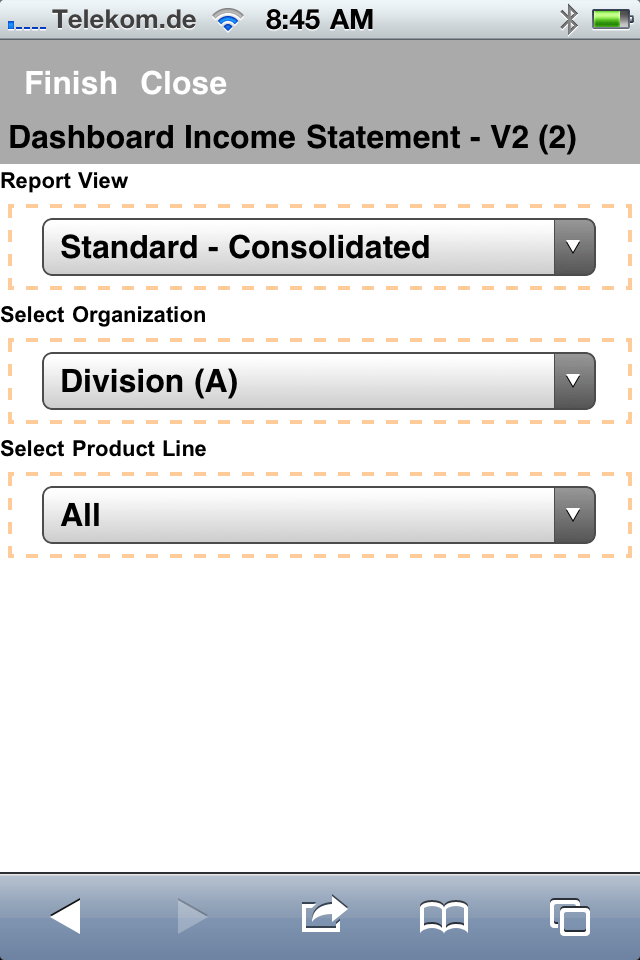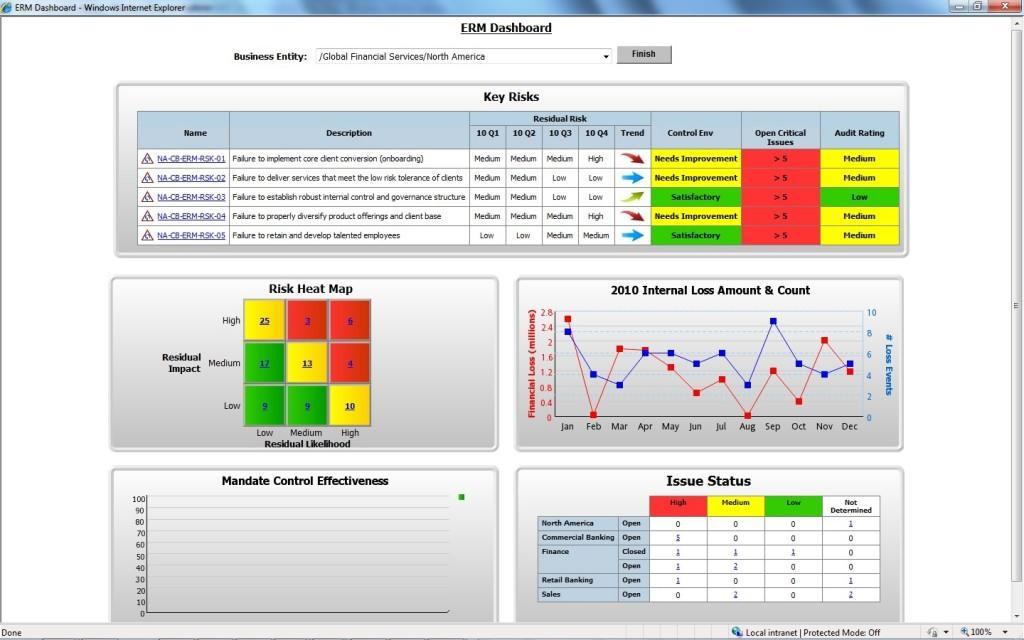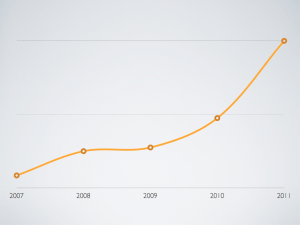A few weeks ago, I had my road bike serviced by a mechanic who was highly recommended. And so I dropped off my bike. Went through a few basic questions and I asked for an opinion on a number of things. To my disappointment, the guy was pretty quiet and did not provide too much input. One week later I picked up my bike and was presented with the bill. No explanations. Just the bill. So, I payed. I was a bit disappointed. But He definitely did a good job and the price was ok. But something was missing and I promised myself not to go back to the mechanic in the future. So what was wrong? – Pretty much everything except for the results.
SERVICES SHOULD BE EXPERIENCED

My former mechanic in San Francisco was different:
- He always took the time to explain things to me.
- He involved me in the decision making process (“Which cable do you prefer? I personally recommend this one for this and that reason.”).
- He shared cool stuff and news with me (“Hey, check out this really cool new widget!”).
- He kept his promises and provided me with clear estimates.
It’s easy to summarize this: The great mechanic involved me in the process and he made me feel good about it. And that’s what it’s all about: good service is an experience. It’s not only about the qualification of the person delivering the service: When I compare the two mechanics, both were highly qualified. The difference was the communication. It didn’t cost the guy a single cent. His total time investment was less than 3 minutes. That’s it. But it made a world of difference to me and he earned my trust.
BUSINESS ANALYTICS PROJECTS
If you are a project manager, solution specialist or a consultant, think about your role for a minute. You are in essence delivering a service to the business. The business is your customer. And just like me and my bike, business people are usually passionate and have a lot to loose and to gain. And they are usually a bit nervous about the implementation. Unfortunately, too many project members and consultants think it’s just about getting the work done and to deliver results. Based on my experience, I would argue that just being smart and that just doing a good job won’t get you anywhere. Instead, we should all try to fully engage with our customers on the business side. We should try to be the good mechanic. Think about your recent projects. Have you done one or more of the following activities:
- Keep the business informed about the progress, potential obstacles & opportunities? Do you do this frequently?
- Have you taken the time to explain concepts & technology to the business? We should offer this up?
- Have you involved the customer in certain decisions? Even small decisions can make the business feel appreciated.
- Do you share good news or cool discoveries with the business? Why keep the good stuff for yourself?
- When is the last time you tried to surprise the customer? Finish a deliverable a bit earlier, add something extra, do something unexpected. Those little things go a long way
YOUR NEXT PROJECT
Delivering a successful business analytics project requires all of us to deliver great customer service to the business. It’s not only about building a cool solution. The project won’t be a success until the business thinks it’s a success. And by delivering a great service experience during the implementation we can all set the foundation for success. Doing that will help alleviate concerns, increase the excitement and develop ownership. It has worked for me in the past and it is working for the great mechanic in San Francisco. The guy in Munich lost my business. Quality was fine, but I’d rather have fun while spending my hard earned dollars! What type of ‘mechanic’ are you?




